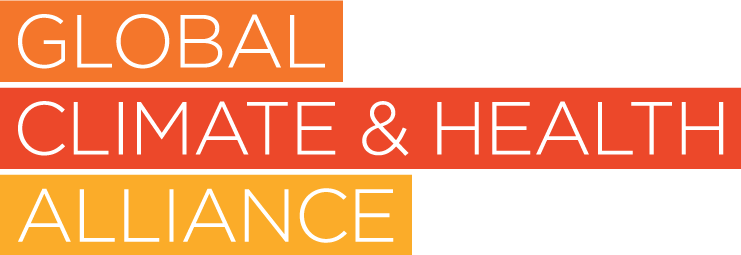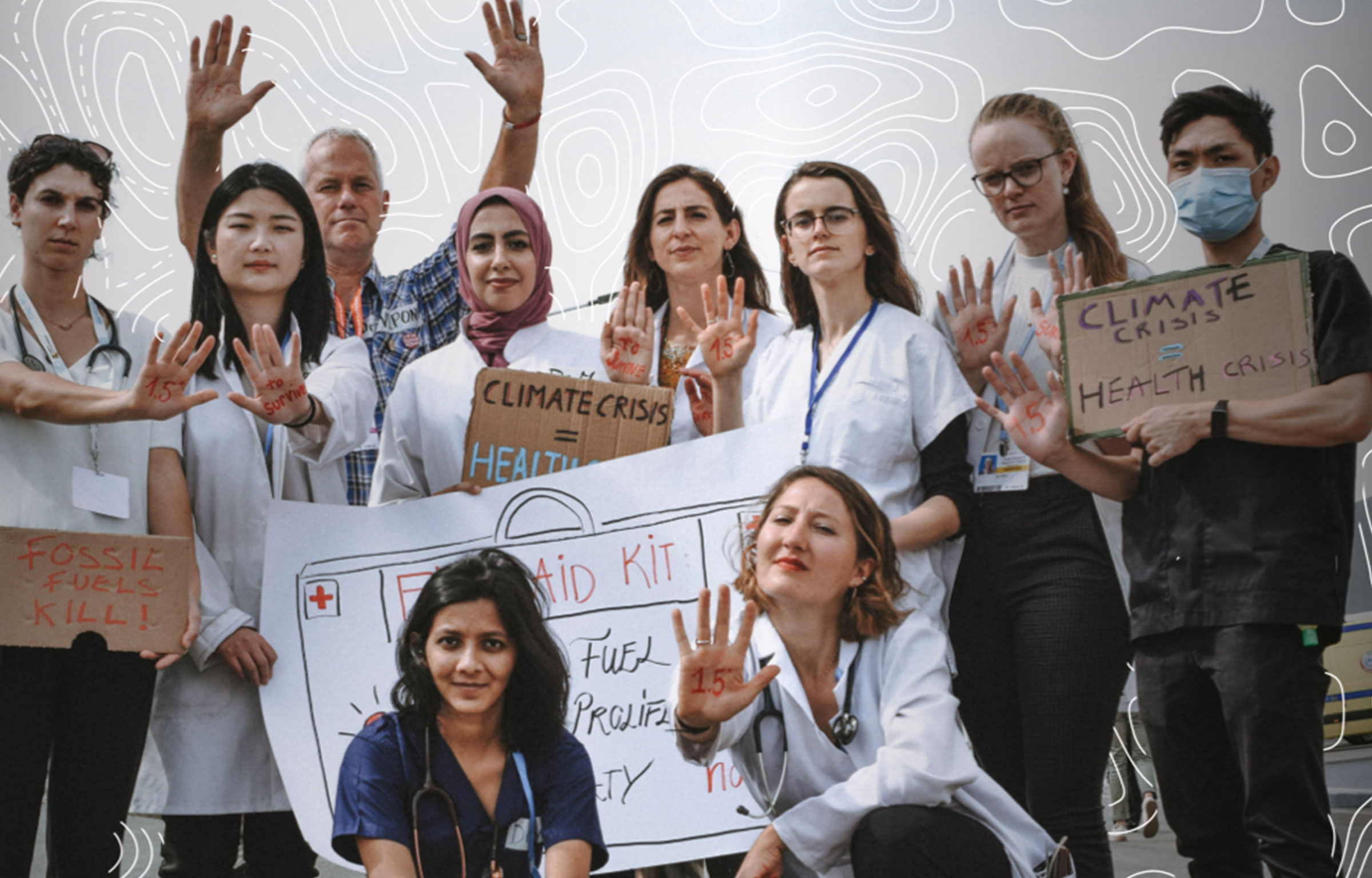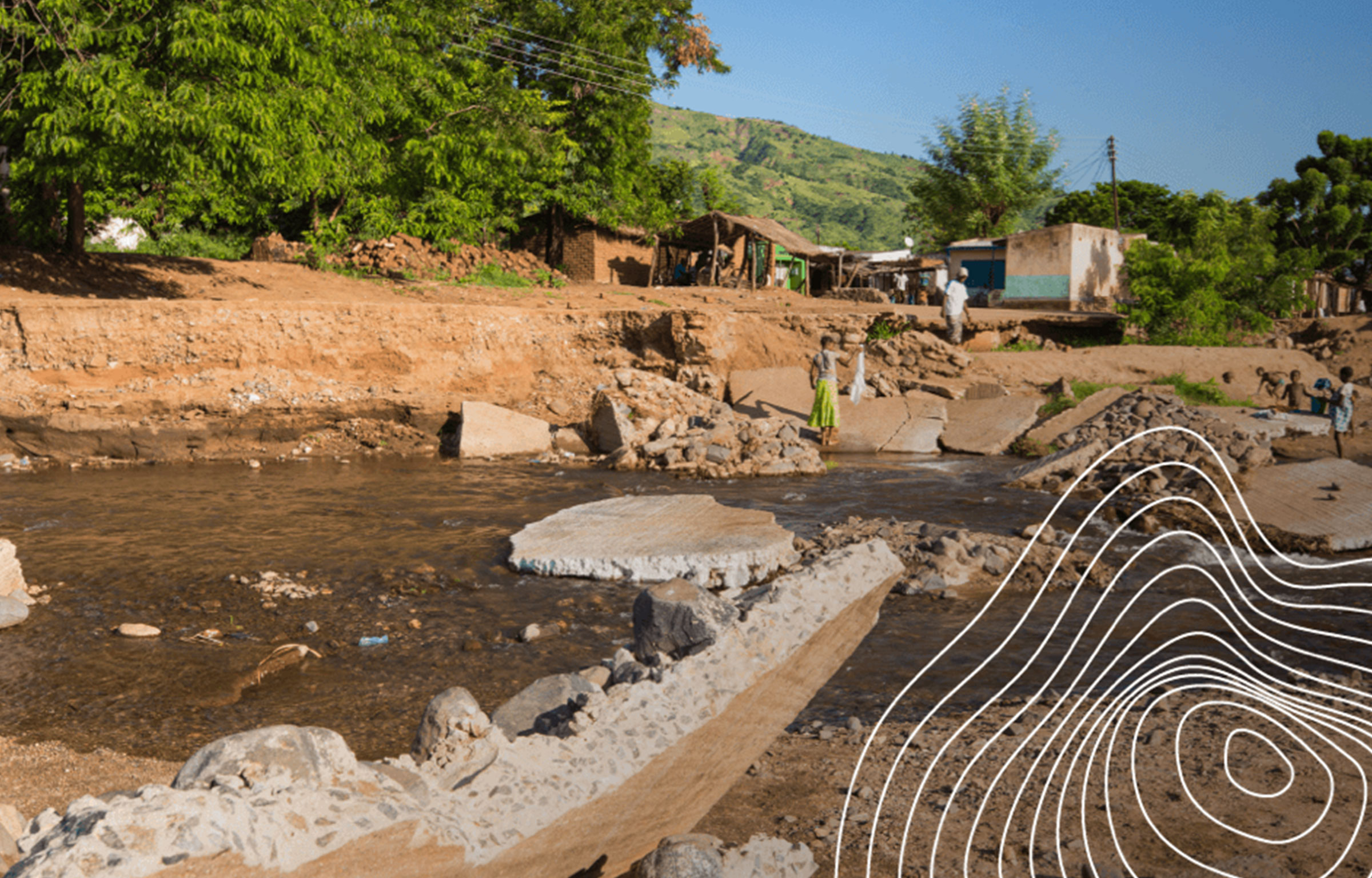Climate change and an epidemic of mosquito-carried diseases
PAID AND PRESENTED BY FORECASTING HEALTHY FUTURES
PART OF THE CLIMATE AND US SERIES
As climate change threatens more extreme weather, communities are at increased risk of disaster.
The impacts of the climate crisis, from devastating wildfires across Canada, Greece and Hawaii, to flooding and landslides in India and Libya, are clear to see. But there are also unseen effects of climate change that are increasingly posing risks to our health.
Rising global temperatures, changing rainfall patterns and other extreme weather conditions bring to the fore climate-related health concerns that demand new solutions. The threats of vector-borne diseases, which are transmitted to humans by other organisms like mosquitoes or ticks, are being exacerbated by climate change.
For example, Brazil recorded 2.3 million dengue cases and almost 1,000 dengue deaths in 2022, the largest dengue outbreak on record. While there is initial development of a vaccine for those who have already been infected, there are currently no drugs available to prevent dengue infections, which happen when a mosquito bites a person. Similarly, there are no approved therapeutics for dengue. Mosquito control through fogging streets and homes with insecticides, using mosquito traps, repellents, nets and introducing predators which eat their larvae, for example, has been the main tool to limit the spread of dengue to date.
However, with the climate-driven expansion of the mosquito Ae. aegypti’s range, emerging resistance to insecticides, and growing urban populations, new tools are needed to control dengue, and other vector-borne diseases like malaria, Zika virus, Yellow Fever and Chagas disease.
Vector-borne disease will be impacted or affected by the climate, and we have the data that shows in dengue, for example, it’s affected by temperature, the rainfall and the wind speed
Imran Bambudi
The spread of dengue fever and malaria is climate-dependent. “Climate change altered the geographical distribution of these diseases because as temperatures rise, areas that previously weren’t suitable for transmission now are,” says Marcia Caldas de Castro, professor of demography and chair of the Department of Global Health and Population at Harvard University.
Mosquitoes need warm, humid habitats and areas with still water in which to reproduce. So, as areas become warmer and rainfall increases, leading to flooding and puddles, or droughts dry up river beds, creating standing water, there will be new parts of the world which will be suitable for mosquitoes to spread into. “We need to focus on mitigation strategies,” adds de Castro.
Climate change, coupled with changing human behaviours–like increasing urban populations and dense housing, are creating a perfect storm for disease to spread, says de Castro. “We have cities growing in ways that are far from ideal. They’re growing faster than urban planning,”, she says. “Urban landscapes are ideal for the spread of diseases. The sources of the problem [in cities] are the areas where the vulnerable population are, where you don’t have waste collection, where you don’t have access to clean water. So, to me, the provision of infrastructure would remove those breeding grounds, and be the simplest step to stopping any type of epidemic.”
To respond to the rising threat of vector-borne diseases exacerbated by the impacts of climate change, new technologies are being developed to respond to the challenge. Artificial intelligence (AI) could be a solution used to detect and prevent vector-borne epidemics. AI was used to detect the first signs of Covid-19, and could be used to monitor, predict and prevent the spread of diseases like dengue fever and malaria.
“Vector-borne disease will be impacted or affected by the climate, and we have the data that shows in dengue, for example, it’s affected by temperature, the rainfall and the wind speed,” says Imran Bambudi, the director of disease prevention and control in the Indonesian Ministry of Health.
Bambudi is using artificial intelligence to predict outbreaks of dengue fever in Jakarta, using existing analyses of the region’s weather changes. “We’ve found that mosquitoes will bite a human every five days if the temperature is below 20C. But, the number will increase by three times if the temperature goes up to 30C,” Bambudi says. “AI can help us to analyse this data and these factors, to predict whether the region will experience more malaria and dengue fever outbreaks.”
Case fatality rates are currently lower in 2023 than they were in 2022, which Bambudi says is a positive step. “The number of cases in Indonesia is still high, but the fatality rate being lower means that the awareness we are raising and the information we’re able to give based on these predictions is helping.”
An increase in climatic suitability for vector-borne diseases will see the epidemic belt expand towards temperate areas, and further around the world. The population at risk of these diseases will increase by 4.7 billion by 2070, relative to 1970–99, particularly in lowlands and urban areas.
“In order to respond in real-time to the impact of climate change, predictions are best made month-to-month rather than years in advance. “It enables us to give more accurate information to the community and our health facilities,” Bambudi says. “Eventually we’d like to link AI data and prediction to social media, so people can get alerts for outbreaks and take necessary steps like checking their water containers for mosquito breeding. These types of simple precautionary campaigns could be what makes or breaks us when it comes to an outbreak. We need to be diligent, and we need to do it together.”
In Nigeria, for example, identification could be difficult because malaria or dengue could be misdiagnosed as other conditions, says Wellington Oyibo, a professor and consultant medical parasitologist from the University of Lagos in Nigeria. “I think mapping is required, and then we know that people who have the disease, it doesn’t matter the number, are treated accordingly.”
Surveillance of infection rates and progression could be a solution, Oyibo believes, but it requires investment. Biobanks, in which thousands of samples of biological data and health information are stored, are a way forward, Oyibo says. “By collecting samples, analysing and sequencing them with biobanks, we’d be able to trace the progress and come up with a solution to any adaptation of the disease,” he explains. “This would allow for, say, vaccines to be made and altered as the changes occur.”
The organisms and diseases we’re dealing with are subject to change, and that change could be rapid
Wellington Oyibo
Providing enough evidence and tracing to track the changes occurring in the diseases is forcing the research community to assess how many patients have presented with dengue and the level to which it has become a public health concern, according to Oyibo.
While solutions are a high priority, the need to adapt to climate change impacts is also of utmost importance. “The organisms and diseases we’re dealing with are subject to change, and that change could be rapid. So awareness is fundamental in order to drive progress in understanding the issue and in succession, providing a strategic solution. That’s the key to putting a stop to this.”
That vector-borne diseases will continue to spread and change in time with the changes to the climate means experts like Oyibo, Bambudi and de Castro face a continuously moving target. But, mapping, AI, biobanks and new advances in treatments and prevention like Wolbachia offer some tools with which the healthcare sector can keep pace.





